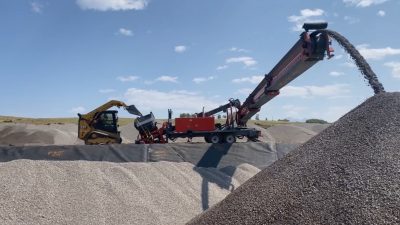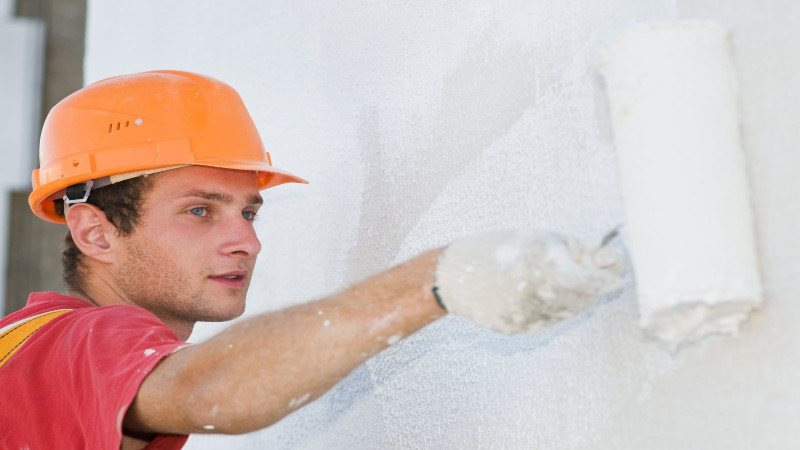With a centrifugal fan design the air enters the impeller along the impeller axis; the air is then discharged at right angles to the impeller. Backward inclined fans are capable of producing high pressure and high air flow. The impeller is located in a scroll shaped housing that directs the air flow, efficiently converting kinetic energy to static pressure. These types of fans can be single or double inlet meaning the air can enter the scroll from either one side or both sides.
The impeller of a centrifugal fan can be a number of different shapes; the main types are forward inclined and backward inclined fans. It is the blade shape that determines the performance and efficiency. Although the shape is a principal factor in fan design, the width of the impeller and the clearances between the outside of the impeller and the inside of the casing and the discharge area also has a significant effect on the performance of the fan.
With the advent of electronic speed control for motors many of these fans are now direct drive where in the not too distant past the drive was a belt and pulley arrangement. The new drives increase the efficiency anywhere from two to 10 percent, lessen vibration and reduce maintenance.
Backward inclined fans are characterized by the blades; they tilt away from the fans rotational direction. Depending on the design of the blade these fans can reach efficiencies of 90 percent. The air leaves the blade tips at relatively low speed or velocity, this means that the fan runs quiet and have low friction losses. Narrow impellers rarely use an airfoil shaped blade as there is little increase in efficiency but when the design dictates a wide impeller, airfoil shaped blades are very efficient.
Backward inclined fans are well known for their ability to produce high air pressure with very little noise and the power characteristic is non-overloading meaning that the drive motor will not overheat or burn out. The blade construction of backward inclined fans is considerably heavier than forward curved fans thus the initial cost of this design is somewhat higher. Although this fan design is more costly initially, the high efficiency pays for itself with savings in power consumption; this is particularly noticeable when the fan runs continuously.



